I was considering putting my work forward for an Open Call as this would have allowed me to gain an insight into how others responded to my work from the perspective of the curator and also from an audience perspective. The exhibition was being curated by OCA tutor Diana Ali. The brief for the exhibition was “contemporary artwork investigating confrontational crossings, overcoming barriers and freedom of movement”. Ali went on, “This exhibition gives an opportunity for the art to migrate. There may not be a utopia, but there are always ways of overcoming barriers.” My work around the liminal threshold of death seemed a very good fit for this brief.
For selection 2/3 jpeg images to be sent along with 50-100 words on how work links to the exhibition theme. If selected, work of up to 26″ x 15″ and would have to fit in a suitcase to travel to Madeira for the exhibition.
This is the point I stopped and thought; what about the size of my work? I thought, well what size does curator want? I wondered about framing and mounting. I got on with coursework as I thought more about this and decided that an answer from me of, “What size do you want it?” was entirely wrong. It is my work. Size is a very important consideration on how my work is presented and not something I should be casual about. In painting, the size of the work is fixed and tied in with how the work is pre-visualised by the artist. Photography has no such limitations regarding size. What is done as a painter before the work been created is done in photography after the photograph been taken at the point of showing the work. This can shift emphasis on size in photography as a potential afterthought. In considering this in relation to my major project which might be exhibited, it forces me as an artist to take control and make conscious choices. The size is just one consideration. Others include framing, mouting, colour of gallery walls, surrounding artworks. colour management and reproduction, paper texture, reflectivity, whether work is behind glass or not, how close the audience might be and more.
Below are 3 versions of the same image which I been working on. The image shows a dead baby in their mother’s arms where mother faded out of image almost as if the child’s mother and her clothes have become the sunken lining to a coffin. I then show 2 more versions of image placed on an A3 and then an A4 background. These experiments all relate to the scale of work against a mount, in and out of a frame and against a gallery wall.

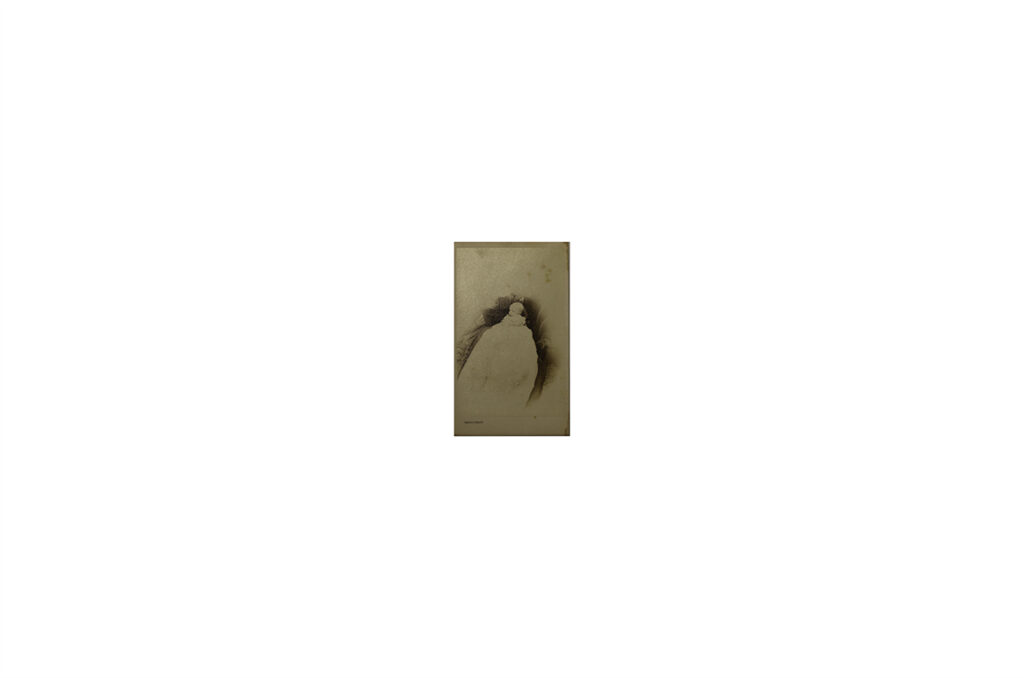
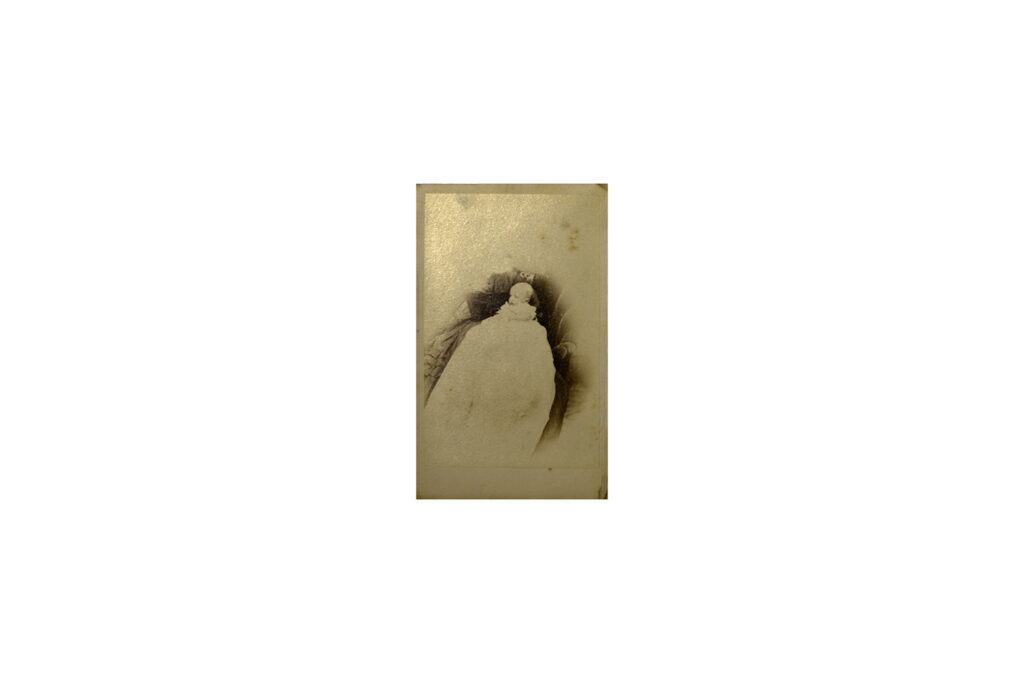
These tests allowed me to think on the scale of my work. The original photograph is just 6cm x 10cm. I wondered about size. Could I submit image as a very small work, unframed and seemingly merging with wall of gallery such that the child set against a huge empty space which would fit with my idea of the liminal? The gallery wall would become part of the space in which the child lies. How would this idea work with other artworks nearby my own? How this would look if framed or unframed and in how my work should be mounted. I then did some further tests using some gallery photographs I shot, I added this image at different scales into the gallery setting to see how I felt. I think small for this particular image works best for me and with separation from other pictures.
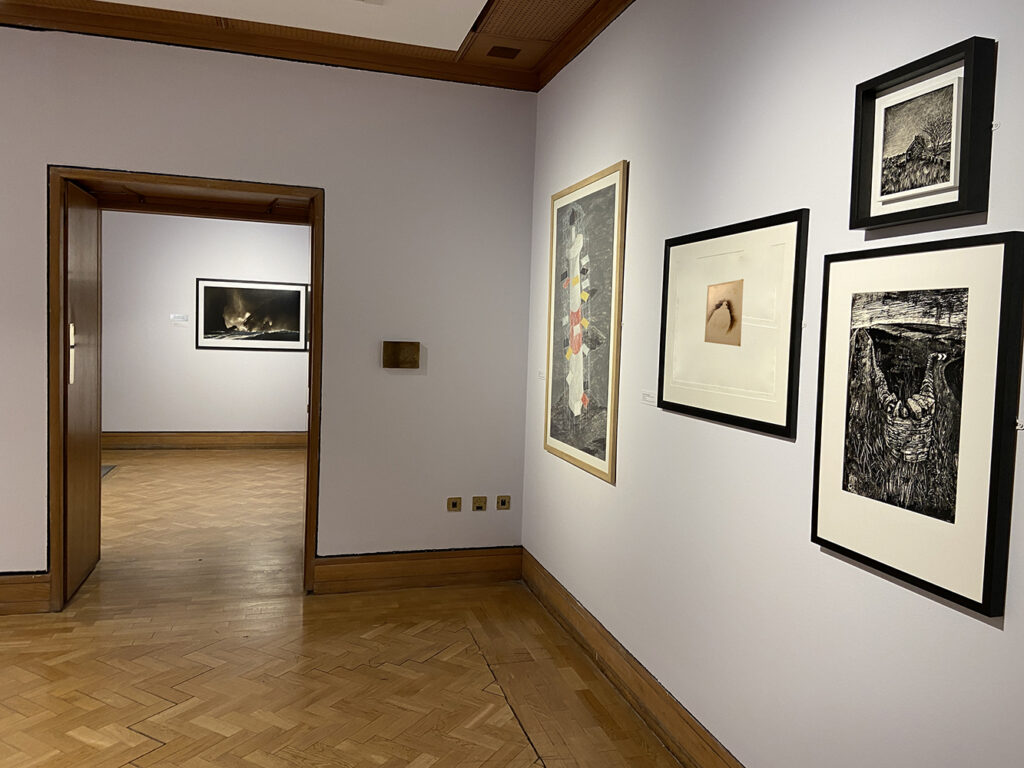
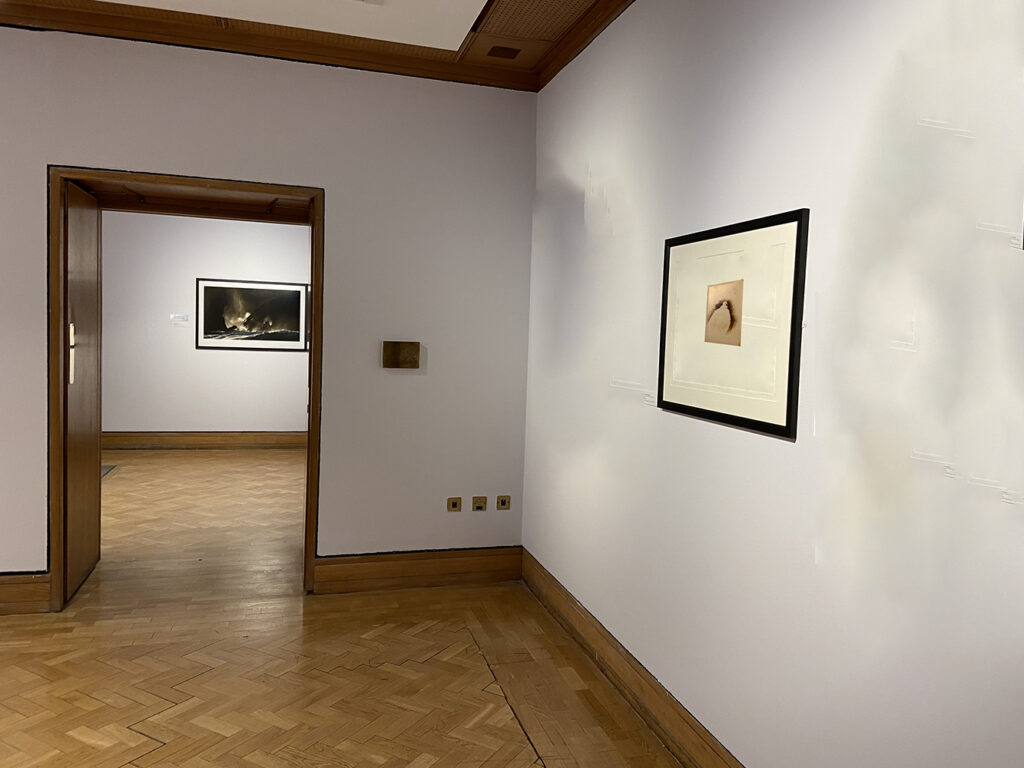
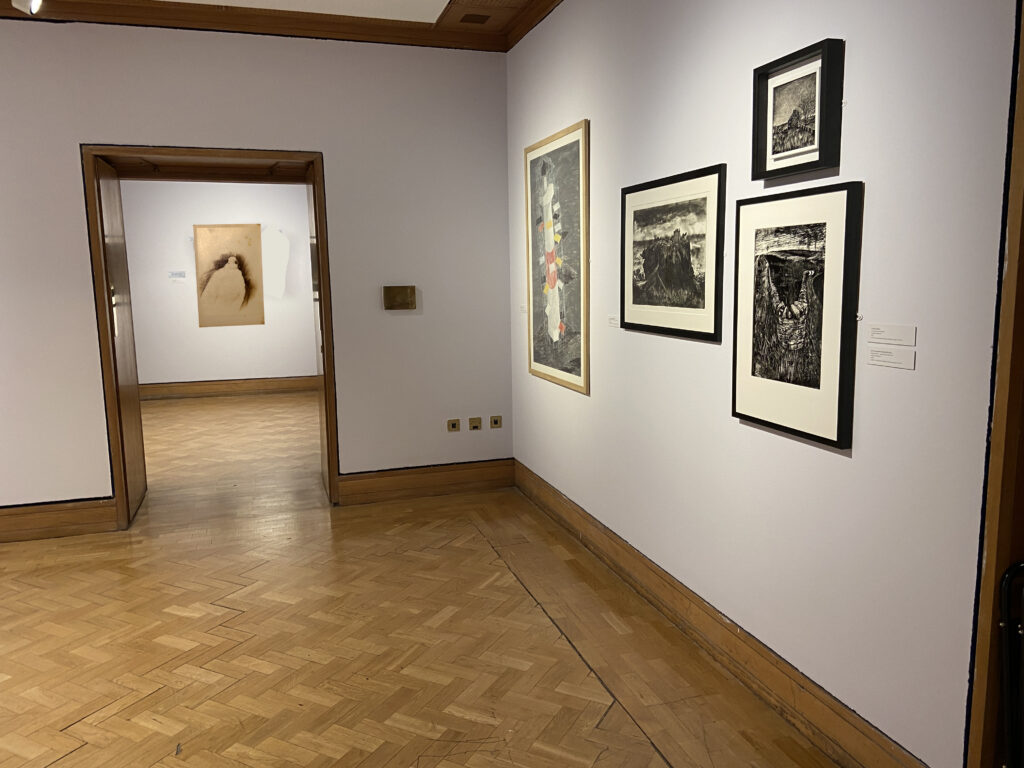
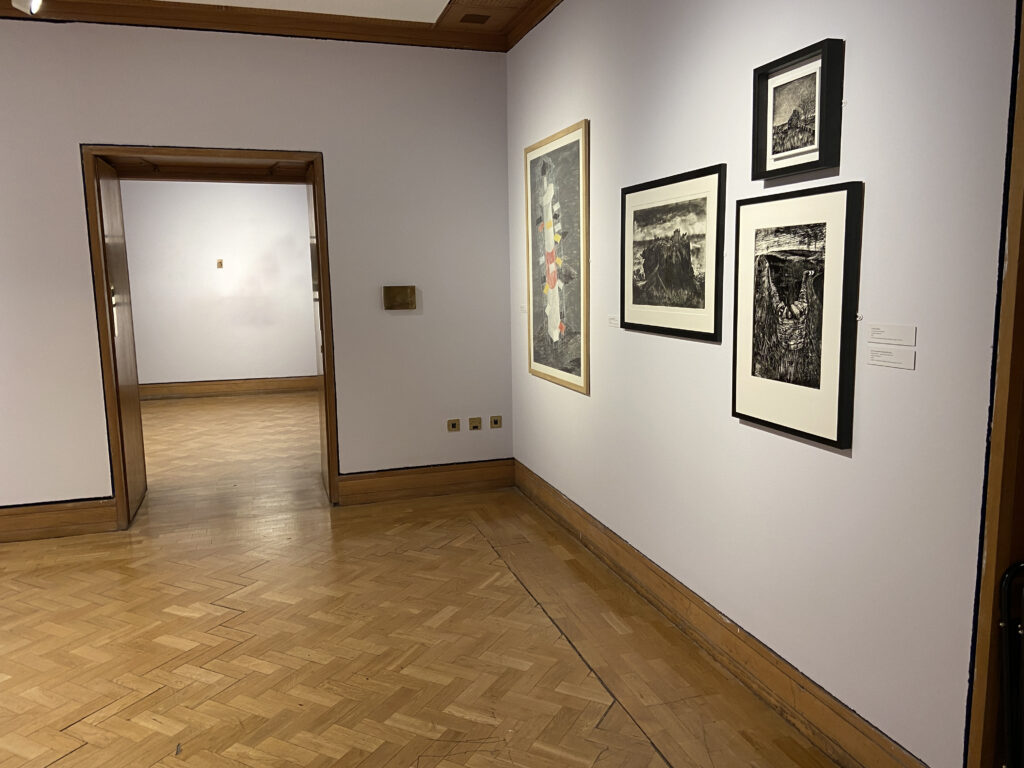
All of these things suddenly hit me as I thought of the suitcase to Madeira and the original brief of an image up to 26″ x 15″ and I froze. I realised that I didn’t have an answer on the scale of my work and so wasn’t yet ready to answer questions on size, mounting, framing, positioning on a wall. Another student asked for advice on the same exhibition and I was happy to give them some thoughts on their own work. The submission date came and went and I hadn’t submitted any work for the Open Call. I heard that the other student had their work accepted but wasn’t too downbeat as I realised that the benefit or prize for me was that this started some reflection on my work. Now that these thoughts have begun, I can see that for an exhibition, there are many such things I need to consider and be happy in my own choices as regards creative impulses related to my own practice before I go externally to an exhibition or another open call. While I have not yet come to firm answers, this has been a valuable lesson for me.
One of recommended course books is “Exhibiting Photography: a practical guide to displaying your work” by Shirley Read. I will do some research on this work and see what answers I can find to help me.